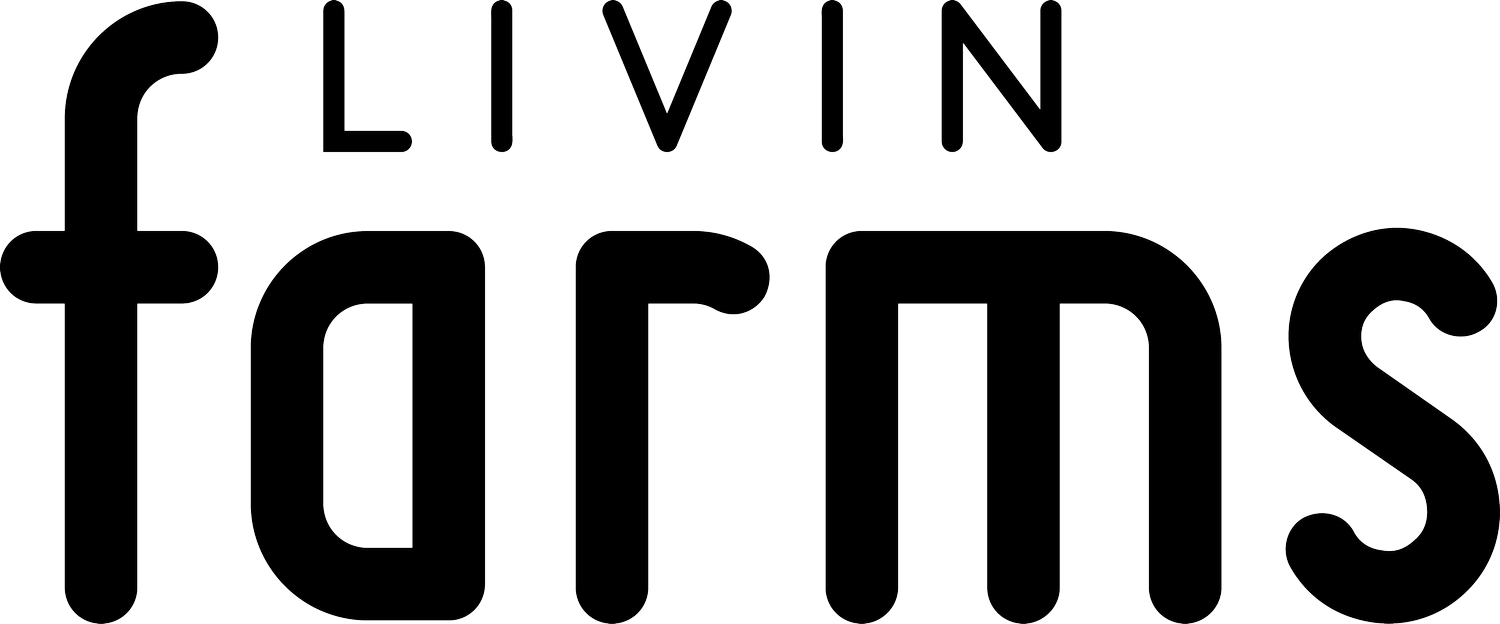All you need to know about the Black Soldier fly
What if the Black Soldier Fly larvae (BSF larvae), Hermetia illucens, was THE solution to reduce our organic waste, limit food waste and revolutionise the animal feed market?
The black soldier fly has the size and large spotted eyes of a gadfly, its antennae could make it mistaken for a Hymenoptera, but this fly is harmless. Thanks to its fertility and its ability to recycle waste, it is the subject of biotechnology projects for the production of proteins and lipids intended for animal and even human food.
The Black soldier fly is one of the most voracious among many insects. Their larvae feed only on organic waste, making them excellent machines for reducing the volume of organic waste, therefore reducing the carbon footprint of the food production cycle.
Black soldier fly larvae have a very high potential for bioconversion of plant and animal organic residues. The larvae are an excellent source of protein, fat, calcium, vitamins, and minerals that could be used as animal feed.
ETYMOLOGY: Hermetia is probably a dedication to Hermès, illucens means "brilliant".
DESCRIPTION : It measures between 14 and 20 mm (males are smaller than females).
ORIGINS : It is a species native to the tropical regions of the American continent. It is now widespread all over the world. It was reported in Australia and New Zealand as early as 1915, in Africa and Asia in 1945, and for Europe in 1926 in Malta, in 1951 in France, in 1962 in Spain and in 1987 in Switzerland.
DIET: Adults eat a variety of food on flowers or waste. The larva feeds on decaying organic matter.
REPRODUCTION: The female lays her eggs in batches of 500, in cracks or crevices above decaying organic matter. The larvae develop in this environment and actively participate in its purification. The eggs measure 1 mm, hatching takes place after 4 days, the hatching larva measures 1.8 mm. At the end of development, on the 7th day, it reaches 2.5 cm. Pupation takes place in the cuticle of the larva.
Larvae close up


